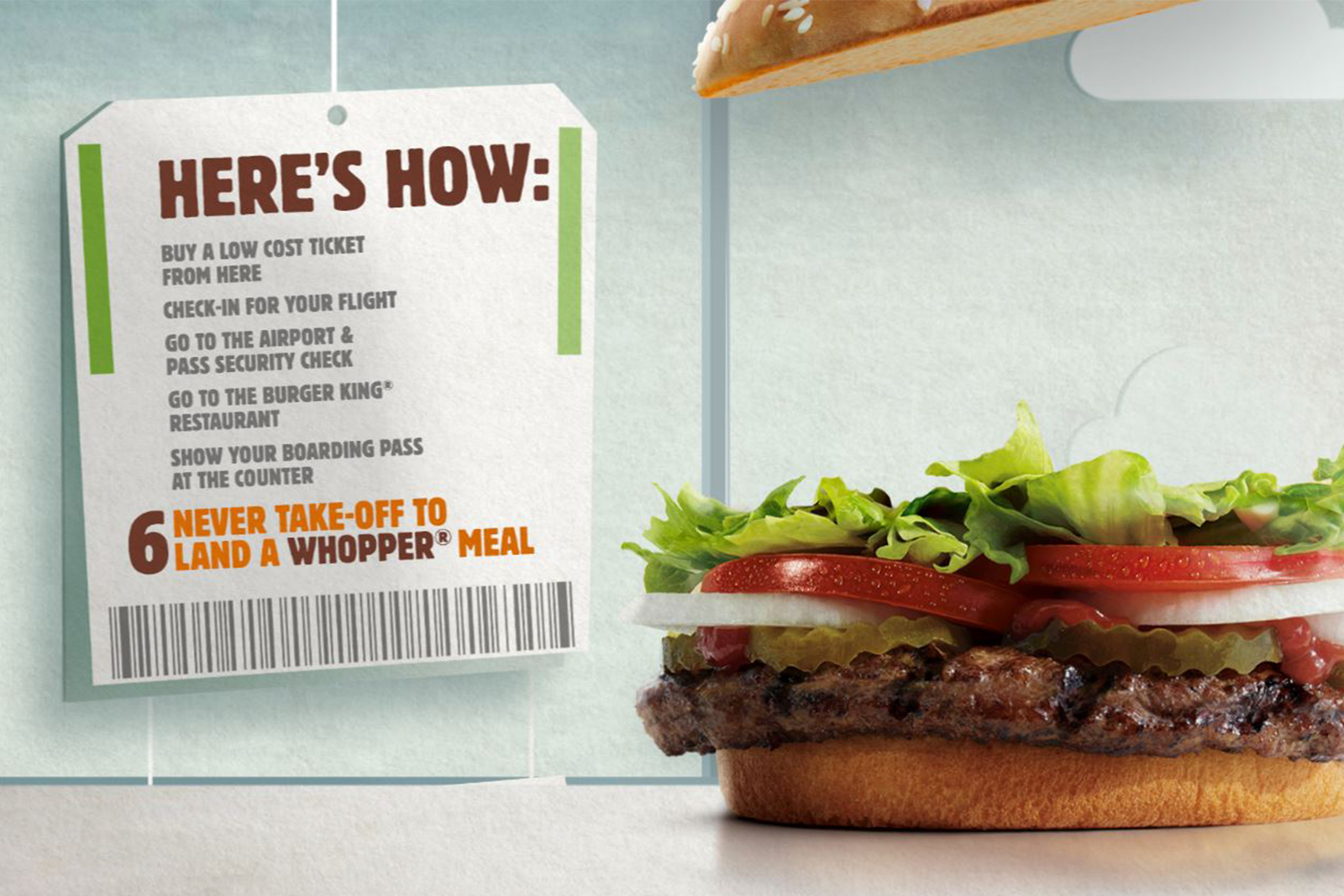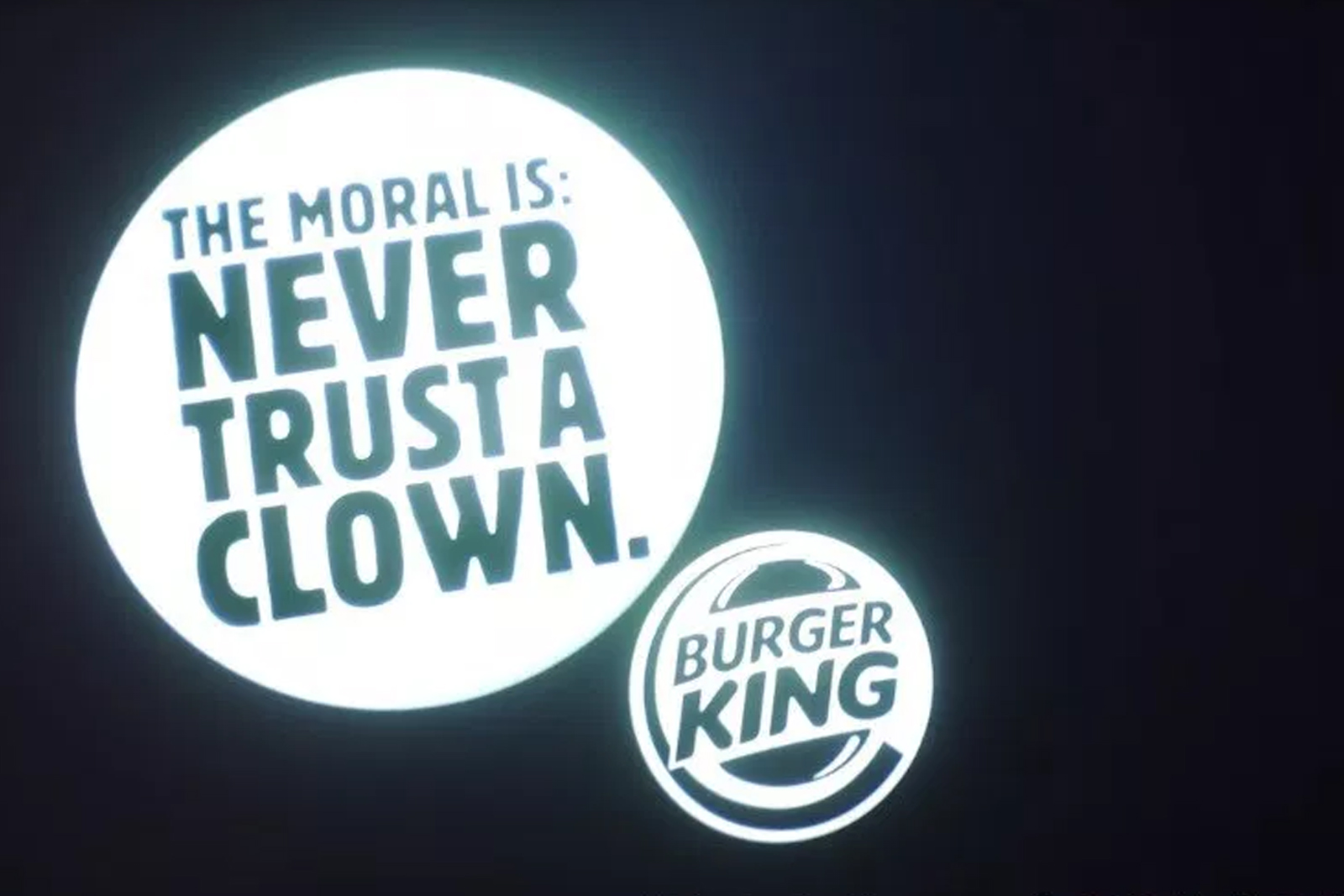Brands are finding new ways to insert themselves into conversations, and they’re getting their ideas from an unlikely source - hackers. Hackvertising is the art of using current trends and twisting them to become viral campaigns. It sounds easy enough, but it takes a lot of research and planning to know when and where your message will have the most impact. Burger King (BK) is one brand that has perfected this hackvertising approach.


Recently, BK ‘hacked’ into a busy Romanian airport to see how far people would go for a Whopper. The only BK restaurant in the whole country is found in the airport and only accessible past check-in and security. Through careful research (and a lot of help from their lawyers), BK created a website that found low-cost flight tickets for Romanians to purchase and trade in for a Whopper meal. By taking the legwork out of having to find a cheap ticket, they gave locals a low-cost and fun access to the restaurant. Many of BK’s most loyal fans forfeited their plane tickets for a Whopper and shared the campaign all around the world.

BK has also used similar ‘hacking’ strategies to develop their disrupting personality in places people don’t expect to be targeted – like the theatres. During the release of Steven King’s movie ‘IT’, BK projected a message on the black screen before the credits saying “The moral is…never trust a clown” followed by their logo. This stunt was an obvious, but clever poke at their competitor (McDonalds) that created a fantastic reaction from the audience, which BK was then able to share online. Another example was in Peru where outside food, aside from popcorn and candy, is prohibited in their theatres by law. This had become a hot topic for discussion in the local news and BK caused disruption by offering people the
King Popcorn (popcorn bag hiding a Whopper and fries inside) so that they could smuggle burgers into the theatre. Both stunts were quickly shut down; however, both went viral online and created millions of impressions.
Hackvertising can also be done through the use of emerging technology, like the
Google Home and other smart home devices. As we all know, these devices are always listening for the trigger words to activate them, and that sparked an idea for BK. They took advantage of the voice-activated feature by airing a TV commercial that asked, “OK Google, what is the Whopper Burger?”. This question instantly triggered all Google Home devices listening to read BK’s Wikipedia page. Never before has a commercial infiltrated people’s homes and broke the barrier of TV-to-home advertising in this fashion. The result? Google blocked the command a few hours later and Wikipedia took down their page (but not before people noticed and made mischievous edits to the Wikipedia page). It also made the national news and created conversations all over social media, which ultimately boosted sales.
In short, BK was able to prove that creative ideas are the driving force for any brand and inserting yourself in conversations is an excellent way to create buzz. Hackvertising inspires us to continually think outside the box to find new ways to interact with people and stop them in their tracks. Because finding new ways to get your brand noticed is what advertising is all about.